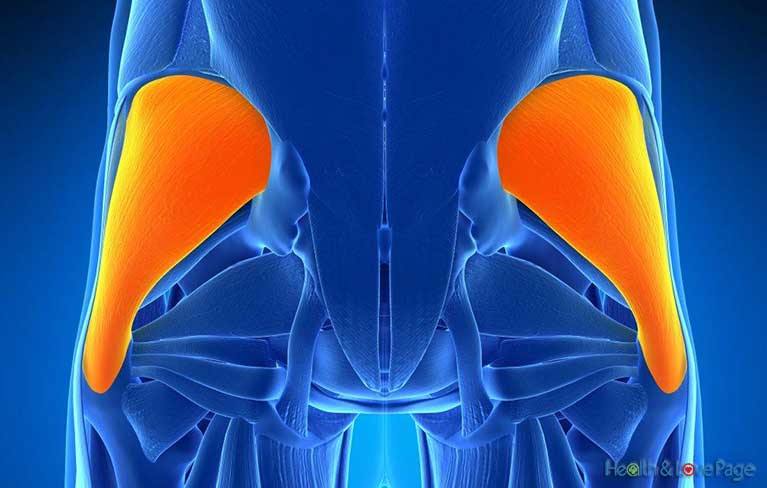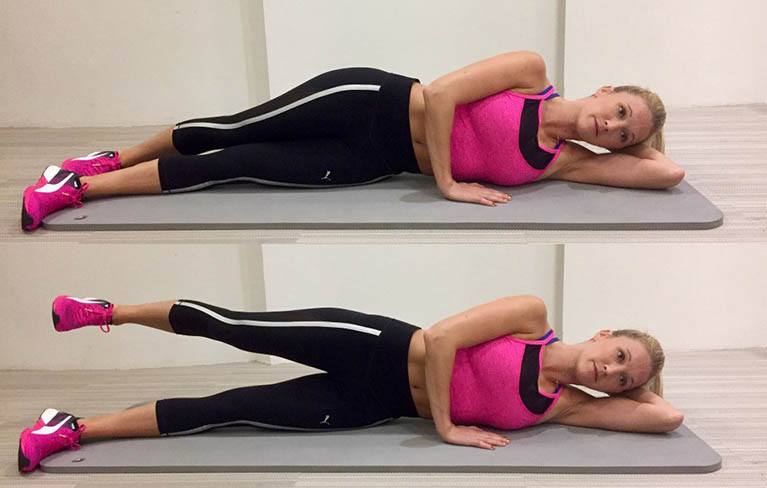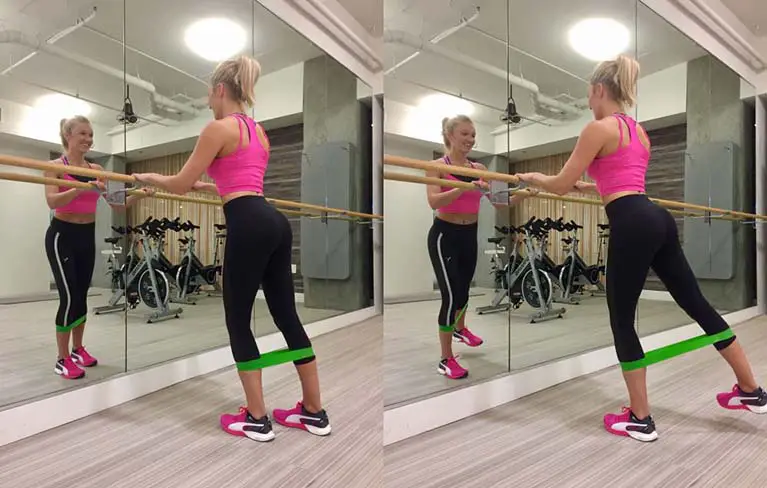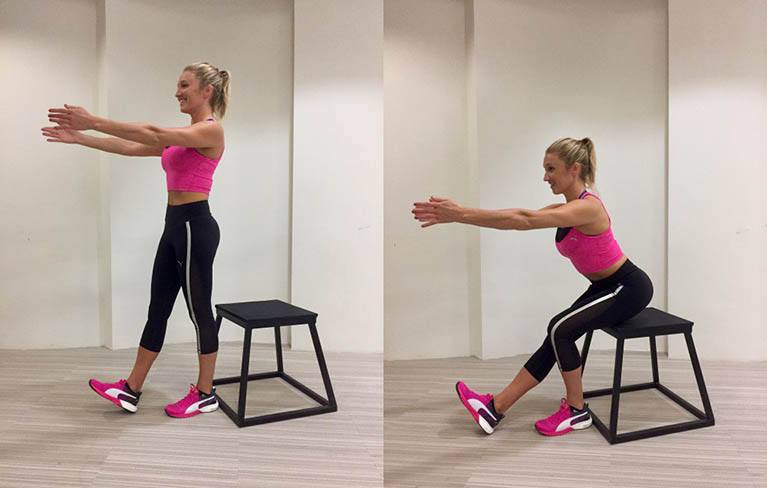Most workouts keep ignoring one muscle which is located on the outside of the pelvis. This is because it’s not one of the stereotypically “sexy muscles”, although it has much more important purpose – to protect your joints from the hips down from different injuries.
This thick, muscular band is called gluteus medius, one of the 3 muscles which assist with the rotation of the thighs, move legs away from the body, and stabilize the pelvis. So, if you like to prevent joint injuries in this part of your body, you better start strengthening this muscle. To learn how, see the exercises explained below.
The assistant professor of regenerative medicine at Columbia University Medical Center/NewYork-Presbyterian Hospital, Farah Hameed, MD, explains that gluteus medius can atrophy as you spend most of your day in a sitting position. And even if you are active, you’re probably not targeting it properly, as you don’t usually move in a lateral- or side to side- plane.
To test the function of your gluteus muscle, do a single-leg squat standing in front of a mirror. If the knee on your standing leg collapses in toward the midline, or if the hip of your raised leg drops, your gluteus muscle needs more TLC.
As Hameed explains, weak glute med can cause numerous injuries and misalignments. This incorrect alignment means additional pressure on the knee. Consequently, the ankle and foot can collapse inward, or over pronate, which puts even more pressure on the ankle and foot structures.
The creator of NYC FITWeek and founder and head trainer of Prevention, Emily Cook Harris, warns that if there’s already an imbalance and you start putting more pressure on the joints like jumping, running, etc., you can end up with an injury.
In this post, she presents three exercises which target the glute med and protect the joints. Do the exercises respectively, slowly, and carefully. Try to keep your pelvis stable while doing the variations, and don’t go with the more challenging versions right away. Repeat the movements as many times you like.
1. Side-Reclining Leg Lift
This exercise works the core, and reduces the likelihood to compensate with other muscle due to the sideways position.
Lie on the left side and place your left hand behind head, supporting on your right hand placed on the floor in front of you. Lengthen your torso and engage the core like in a standing position. Extend your legs and place the right big toe behind your left heel, with your hips stacked on top of each other. Your hip bones should be faced forward, while trying to prevent hips fall back behind you.
Flex the top foot and reach through heel while carefully lifting and lowering it down. If you’re not sure if you’ve targeted the right muscle, rotate the top leg internally for several degrees, which is turning the toe toward the ground as you lift the leg. In this way, you are not compensating the glute med with some other muscle. Repeat the same amounts of rep. with the opposite side.
2. Mini-Band Leg Raises in a Standing Position
This exercise teaches the glute med to resist the hip movements, thus stabilizing the pelvis.
You’ll need a mini-band for this version. Place it around your calves, and your hands on a kitchen countertop or some other steady surface. Bend the knee from the supporting leg (left leg), and strengthen the opposite leg diagonally behind you, to extend the band. As you press against the band to lift the slightly turned out back leg, lengthen your upper body and engage your core.
Lift and drop the right leg, resisting the tendency to allow hips swing or back to arch. Support on your left heel and keep your hipbones faced forward. Stabilize the pelvis with the supporting leg, which won’t be easy, while moving the opposite one. Do the same thing with the opposite side.
3. Single-Leg Squat
As Harris explains, this exercise targets multiple muscles: the glutes, hamstring, quads, and core, so it’s the most dynamic and functional. It is also a great test to check if you are truly strengthening the glute med.
Stand tall in front of a chair, ledge, or bench. Extend the right leg in front of you with the foot placed on the ground, while supporting on your left leg. Extend your arms forward, hinge at hips and slowly pull them backwards towards the chair.
Your back should be straight and your core engaged. To prevent your left knee collapsing toward midline, gently press it to ensure alignment of knee over toes. You can perform this version in front of a mirror to make sure the hips and pelvis stay level and prevent leaning to either side. Stand up tall driving through heel, and repeat. Do the same thing with the opposite side, and repeat the same number of reps.
Via Prevention




